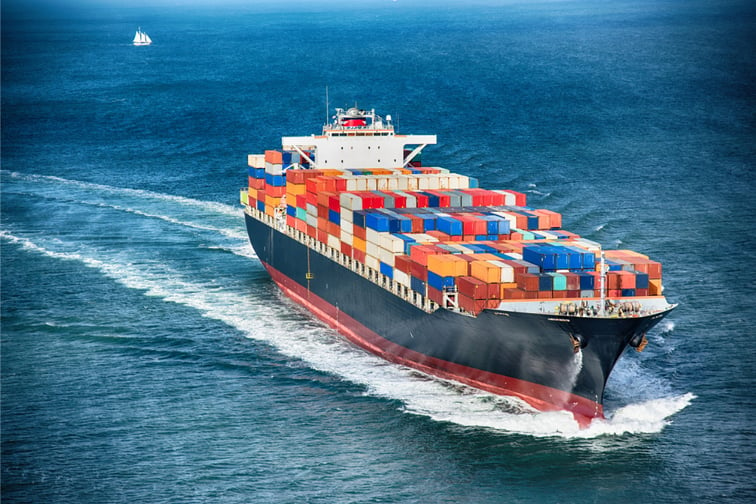

While shipping losses have halved over the past 10 years, fire on vessels remains among the maritime industry’s largest safety issues, according to a new report from Allianz Global Corporate & Specialty (AGCS). The danger was hammered home last week by incidents involving the Felicity Ace cargo/RoRo ship, which caught fire in the Atlantic while carrying thousands of cars, and the Euroferry Olympia passenger ferry fire off the coast of Greece.
AGCS’s annual Safety & Shipping Review report found that the number of fires onboard large vessels has spiked in recent years. There were a record 40 cargo-related fire incidents in 2019 alone – or one every 10 days. Across all vessel types, the number of fires or explosions resulting in total losses hit a four-year high of 10 in 2020, accounting for about one in five total losses globally.
“The shipping industry has seen its safety record improve significantly over the past decade, with the number of total losses now at record lows,” said Capt. Rahul Khanna, global head of marine risk consulting at AGCS. “However, fires on carriers, roll-on-roll-off ferries (RoRos), container ships and other vessels remain among the biggest worries for the sector, as demonstrated by the recent rise in incidents.”
RoRo and car-carrier vessels, in particular, can be especially exposed to fire and stability issues, Khanna said.
“To facilitate carriage of automobiles, the internal spaces are not divided into separate sections like other cargo ships,” Khanna said. “The lack of internal bulkheads can have an adverse impact on fire safety, and a small fire on one vehicle or battery can grow out of control very quickly. Vehicles are not easily accessible once loading has been completed.
“The large volume of air inside the open cargo decks provides a ready supply of oxygen in case of fire. At AGCS, we look deeply into the risk management of operators and have worked with a number of companies operating RoRo vessels to agree [on] a robust risk management program.”
Other findings from the report include:
